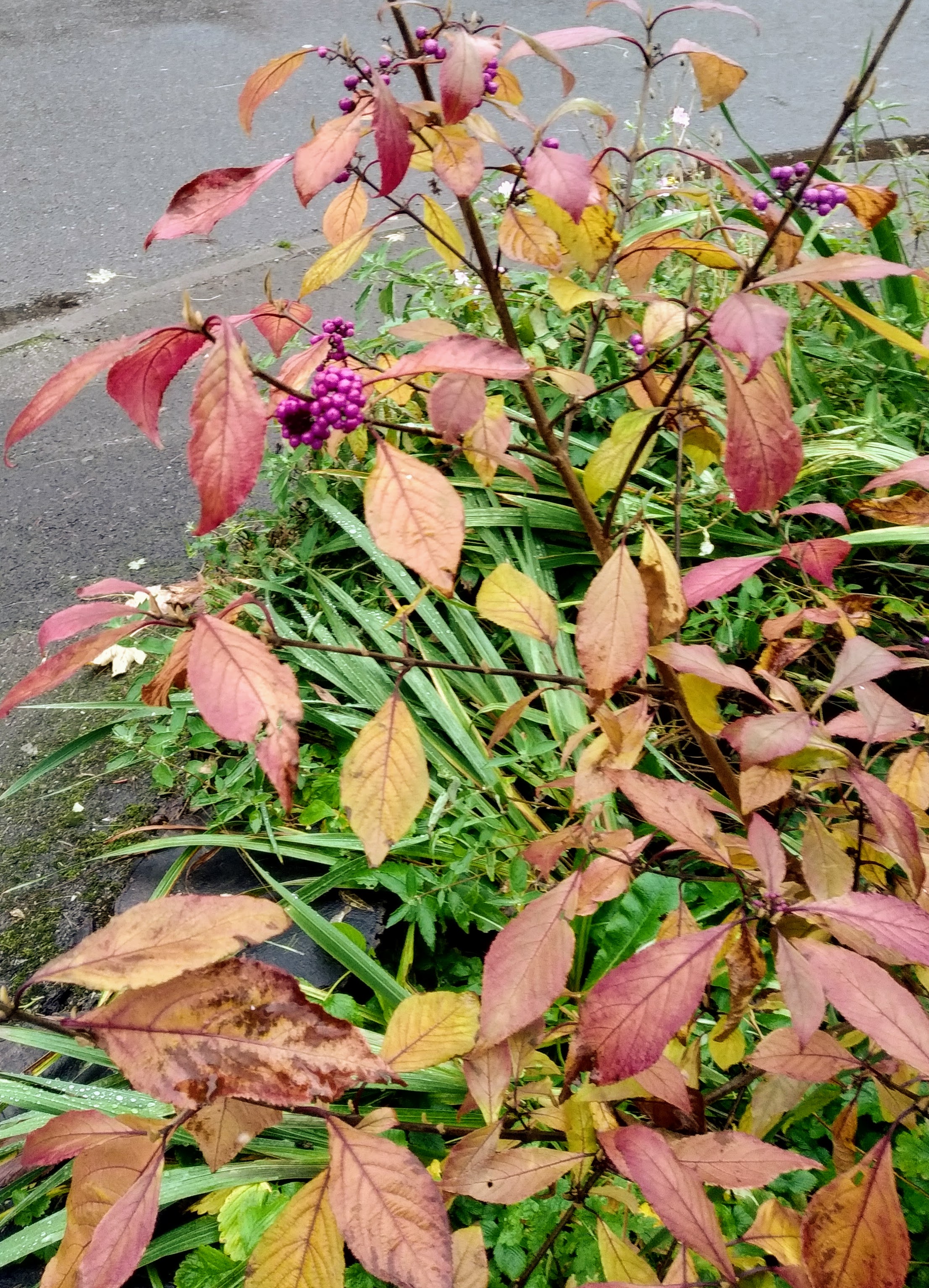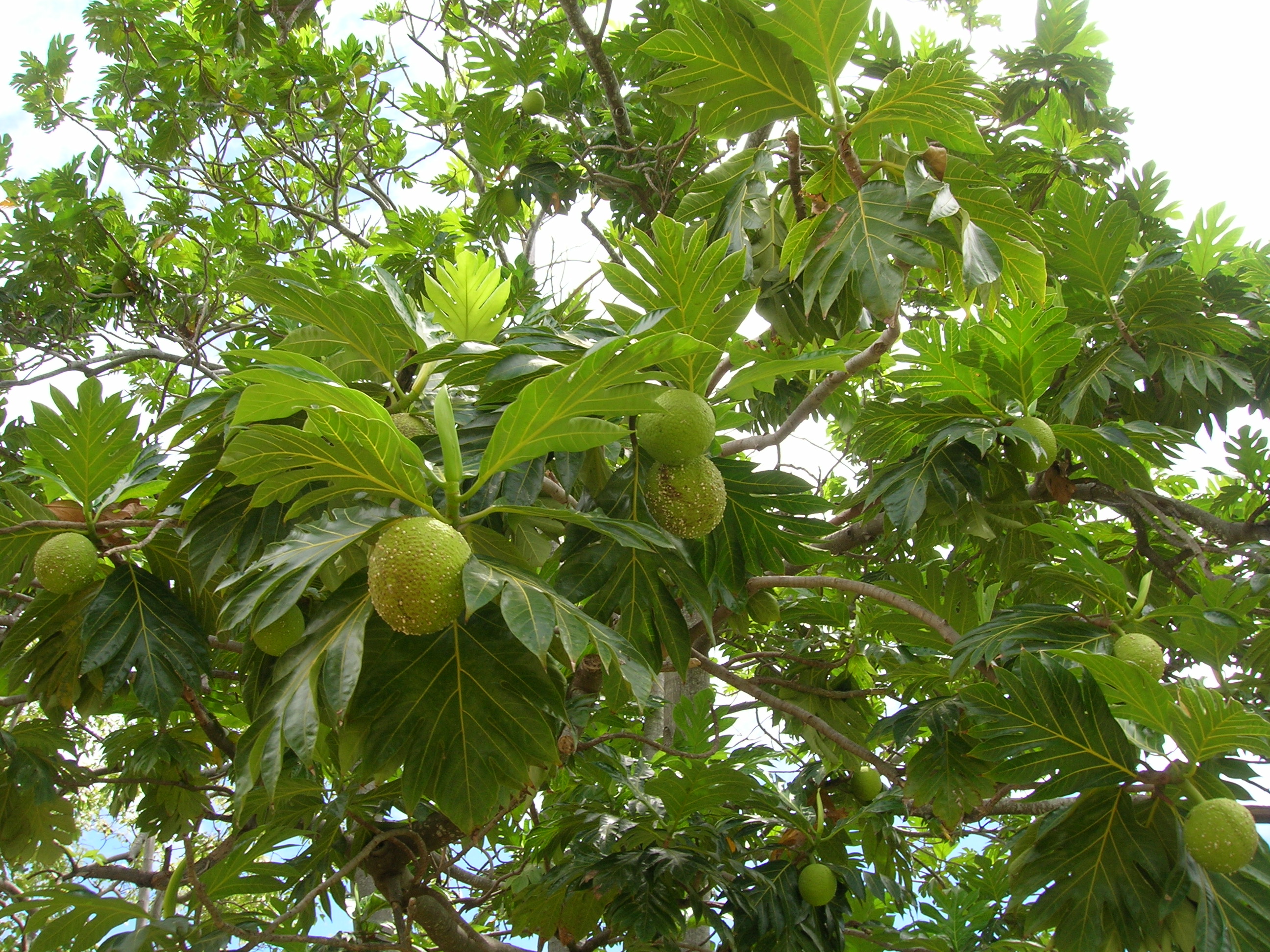|
Paul Alfred Pételot
Paul Alfred Pételot (1885–1965) was a French botanist and entomologist, whose primary scholarly focus was on medicinal plants in Southeast Asia. Some sources list his date of death as 1940, but several herbaria specimens are recorded as being collected by him up until 1944 including ''Carex kucyniakii'' (1944), ''Teijsmanniodendron peteloti'' (1941), ''Amalocalyx microlobus'' (1941), ''Amalocalyx microlobus'' (1942), ''Trichosanthes kerrii'' (1944) and ''Siraitia siamensis'' (1944). In addition, he continued to author publications through the 1950s, though it is possible these are posthumous. Life Pételot was born in Saint-Max, France in 1885. His first professional posting was in 1908 as a member of the botany faculty at Nancy-Université. He then worked in Brazil and St. Petersburg, Russia before returning to France. In 1919 he was working in the cryptogamy department of the French National Museum of Natural History () and had been accepted as a member of the French So ... [...More Info...] [...Related Items...] OR: [Wikipedia] [Google] [Baidu] |
Ardisia Petelotii
''Ardisia'' (coralberry or marlberry) is a genus of flowering plants in the family Primulaceae. It was in the former Myrsinaceae family now recognised as the myrsine sub-family Myrsinoideae. They are distributed in the Americas, Asia, Australia, and the Pacific Islands, mainly in the tropics.''Ardisia''. Flora of North America.''Ardisia''. Flora of China. There are over 700 accepted species. One species, '' Ardisia japonica'' is one of the 50 fundamental herbs in [...More Info...] [...Related Items...] OR: [Wikipedia] [Google] [Baidu] |
Léon Croizat
Léon Camille Marius Croizat (July 16, 1894 – November 30, 1982) was a French-Italian scholar and botanist who developed an orthogenetic synthesis of evolution of biological form over space, in time, which he called panbiogeography. Life Croizat was born in Torino, Italy to Vittorio Croizat (aka Victor Croizat) and Maria (Marie) Chaley, who had emigrated to Turin from Chambéry, France. In spite of his great aptitude for the natural sciences, Leon studied and received a degree in law from the University of Turin. Croizat and his family (wife Lucia and two children) emigrated to the United States in 1924; an avid artist, Leon worked selling his artwork for several years, but could not succeed economically as a working artist after the stock market crash of 1929. During the 1930s, Croizat found a job identifying plants as part of a topographic inventory performed in the public parks of New York City. During his visits to the Bronx Botanical Gardens, he became acquainted with ... [...More Info...] [...Related Items...] OR: [Wikipedia] [Google] [Baidu] |
Cleistanthus Petelotii
''Cleistanthus'' is a plant genus of the family Phyllanthaceae, tribe Bridelieae, first described as a genus in 1848. It is widespread in much of the Old World Tropics in Asia, Africa, Australia, and various oceanic islands. ''Cleistanthus collinus'' is known for being toxic and may be the agent of homicides or suicide Suicide is the act of intentionally causing one's own death. Mental disorders (including depression, bipolar disorder, schizophrenia, personality disorders, anxiety disorders), physical disorders (such as chronic fatigue syndrome), and s ...s. ;Species References * * {{Taxonbar, from=Q5131114 Phyllanthaceae genera ... [...More Info...] [...Related Items...] OR: [Wikipedia] [Google] [Baidu] |
Casearia Petelotii
''Casearia'' is a plant genus in the family Salicaceae. The genus was included in the Flacourtiaceae under the Cronquist system of angiosperm classification, and earlier in the Samydaceae. Recent research indicates that the latter group might be reinstated as a valid family. They are sometimes employed as honey plants, notably '' C. decandra'' and '' C. sylvestris''. The latter species is occasionally used as food by the caterpillars of the two-barred flasher (''Astraptes fulgerator''). Several species are becoming rare due to deforestation. Some appear close to extinction, and '' C. quinduensis'' of Colombia and '' C. tinifolia'' from Mauritius seem to be extinct since some time in the 20th century and about 1976, respectively. Selected species ; Names brought to synonymy: * ''Casearia elegans'' Standley, a synonym for ''Casearia bartlettii ''Casearia bartlettii'' is a species of flowering plant in the family Salicaceae found in Mesoamerica (Belize-Guatemala). ... [...More Info...] [...Related Items...] OR: [Wikipedia] [Google] [Baidu] |
Carex Petelotii
''Carex'' is a vast genus of more than 2,000 species of grass-like plants in the family Cyperaceae, commonly known as sedges (or seg, in older books). Other members of the family Cyperaceae are also called sedges, however those of genus ''Carex'' may be called true sedges, and it is the most species-rich genus in the family. The study of ''Carex'' is known as caricology. Description All species of ''Carex'' are perennial, although some species, such as '' C. bebbii'' and '' C. viridula'' can fruit in their first year of growth, and may not survive longer. They typically have rhizomes, stolons or short rootstocks, but some species grow in tufts ( caespitose). The culm – the flower-bearing stalk – is unbranched and usually erect. It is usually distinctly triangular in section. The leaves of ''Carex'' comprise a blade, which extends away from the stalk, and a sheath, which encloses part of the stalk. The blade is normally long and flat, but may be folded, inroll ... [...More Info...] [...Related Items...] OR: [Wikipedia] [Google] [Baidu] |
Camellia Petelotii
''Camellia petelotii'' is a species of plant in the family Theaceae. It is found in China (endemic in the Guangxi Zhuang Autonomous Region in southern China) and Vietnam. It may be called the golden camellia and synonyms include ''C. chrysantha'' and ''Camellia nitidissima''. The golden camellia originated 170 million years ago, it is a first-class nationally protected plant in China. The golden camellia is extremely demanding on the growth environment, and its genes are extremely difficult to replicate, once transplanted, it will die or genetically mutate. Therefore, in 1986, the Golden Camellia National Nature Reserve was built in Fangcheng, Guangxi Guangxi (; ; Chinese postal romanization, alternately romanized as Kwanghsi; ; za, Gvangjsih, italics=yes), officially the Guangxi Zhuang Autonomous Region (GZAR), is an Autonomous regions of China, autonomous region of the People's Republic ..., with a total area of 9195.1 hectares. It is threatened by habitat loss. ... [...More Info...] [...Related Items...] OR: [Wikipedia] [Google] [Baidu] |
Paul Louis Amans Dop
Paul Louis Amans Dop (Toulouse, 25 February 1876 - Lectoure, 19 August 1954) was a French botanist who worked extensively in Indochina. From 1908 he was associated with the Mascarene botanist Marcel Marie Maurice Dubard, carrying out much taxonomic work under the name of Dubard & Dop. In 1969, botanist Cornelis Gijsbert Gerrit Jan van Steenis published ''Pauldopia'', a monotypic genus of flowering plants from Indo-China, belonging to the family Bignoniaceae and named in honour of Paul Dop. Publications * ''Flore de la region toulousaine'' - Cong. Assoc. Franc. Avanc. 39 (Toulouse 1910) * ''Étude de quelques types nouveaux ou peu connus de Rubiacées de Madagascar'' (Extrait du Journal de botanique, t.III, 2e série) - Marcel Dubard, Paul Dop (1911) * ''La végétation de l'Indo-Chine'' - Trav.Lab. For. Toulouse I (Art. 9): 1-16 (1931) * ''Les Gmelina arborescents de l'Indochine'' - Rev. Bot. Appl. 13: 893-897 (1933) * ''Manuel de Technique Botanique , Histologie Et Microbie'' - Pau ... [...More Info...] [...Related Items...] OR: [Wikipedia] [Google] [Baidu] |
Callicarpa Petelotii
''Callicarpa'' (beautyberry) is a genus of shrubs and small trees in the family Lamiaceae.Heywood, V.H., Brummitt, R.K., Culham, A. & Seberg, O. 2007: Flowering Plant Families of the World. Royal Botanic Gardens, Kew. They are native to east and southeast Asia (where the majority of the species occur), Australia, Madagascar, southeast North America and South America. Growth The temperate species are deciduous, the tropical species evergreen. The leaves are simple, opposite, and 5–25 cm long. The flowers are in clusters, white to pinkish. The fruit is a berry, 2–5 mm diameter and pink to red-purple with a highly distinctive metallic lustre, are very conspicuous in clusters on the bare branches after the leaves fall. The berries last well into the winter or dry season and are an important survival food for birds and other animals, though they will not eat them until other sources are depleted. The berries are highly astringent but are made into wine and jelly. ''Cal ... [...More Info...] [...Related Items...] OR: [Wikipedia] [Google] [Baidu] |
Asarum Petelotii
''Asarum'' is a genus of plants in the birthwort family Aristolochiaceae, commonly known as wild ginger. ''Asarum'' is the genitive plural of the Latin ''āsa'' (an alternate form of ''āra'') meaning altar or sanctuary. Description ''Asarum'' is a genus of low-growing herbs distributed across the temperate zones of the Northern Hemisphere, with most species in East Asia (China, Japan, and Vietnam) and North America, and one species in Europe. Biogeographically, ''Asarum'' originated in Asia. They have characteristic kidney-shaped leaves, growing from creeping rhizomes, and bear small, axillary, brown or reddish flowers. The plant is called wild ginger because the rhizome tastes and smells similar to ginger root, but the two are not particularly related. The FDA warns against consuming ''Asarum'', as it is nephrotoxic and contains the potent carcinogen aristolochic acid. The birthwort family also contains the genus ''Aristolochia'', known for carcinogens. Wild ginger ... [...More Info...] [...Related Items...] OR: [Wikipedia] [Google] [Baidu] |
Artocarpus Petelotii
''Artocarpus'' is a genus of approximately 60 trees and shrubs of Southeast Asian and Pacific origin, belonging to the mulberry family, Moraceae. Most species of ''Artocarpus'' are restricted to Southeast Asia; a few cultivated species are more widely distributed, especially '' A. altilis'' (breadfruit) and '' A. heterophyllus'' (jackfruit), which are cultivated throughout the tropics. Description All ''Artocarpus'' species are laticiferous trees or shrubs that are composed of leaves, twigs and stems capable of producing a milky sap. The flora type is monoecious and produces unisexual flowers; furthermore, both sexes are present within the same plant. The plants produce small, greenish, female flowers that grow on short, fleshy spikes. Following pollination, the flowers grow into a syncarpous fruit, and these are capable of growing into very large sizes. The stipulated leaves vary from small and entire ('' Artocarpus integer'') to large and lobed (''Artocarpus altilis'') ... [...More Info...] [...Related Items...] OR: [Wikipedia] [Google] [Baidu] |
Artabotrys Petelotii
''Artabotrys'' is a genus of plants in the Annonaceae family. There are over 100 species in the Old World tropics, with 31 species in Africa. It is part of the custard apple family ( Annonaceae). All species are small trees or shrubs with a tendency to climb. Leaves are simple and alternate, without hairs. Bisexual flowers are borne singly or in clusters opposite the leaves. The 6-petalled flowers are scented, and the plant bears fleshy fruits. Cultivation ''Artabotrys'' can be propagated from fresh seeds or short half-hardened cuttings taken in spring. Species * ''Artabotrys aereus'' Ast * ''Artabotrys antunesii'' Engl. & Diels * ''Artabotrys arachnoides'' J.Sinclair * '' Artabotrys atractocarpus'' I.M.Turner * ''Artabotrys aurantiacus'' Engl. & Diels * '' Artabotrys blumei'' Hook.f. & Thomson * ''Artabotrys brachypetalus'' Benth. * ''Artabotrys brevipes'' Craib * ''Artabotrys burmanicus'' A.DC. * ''Artabotrys byrsophyllus'' I.M.Turner & Utteridge * ''Artabotrys cagayanensis' ... [...More Info...] [...Related Items...] OR: [Wikipedia] [Google] [Baidu] |
_in_Narsapur_forest%2C_AP_W_IMG_0165.jpg)



